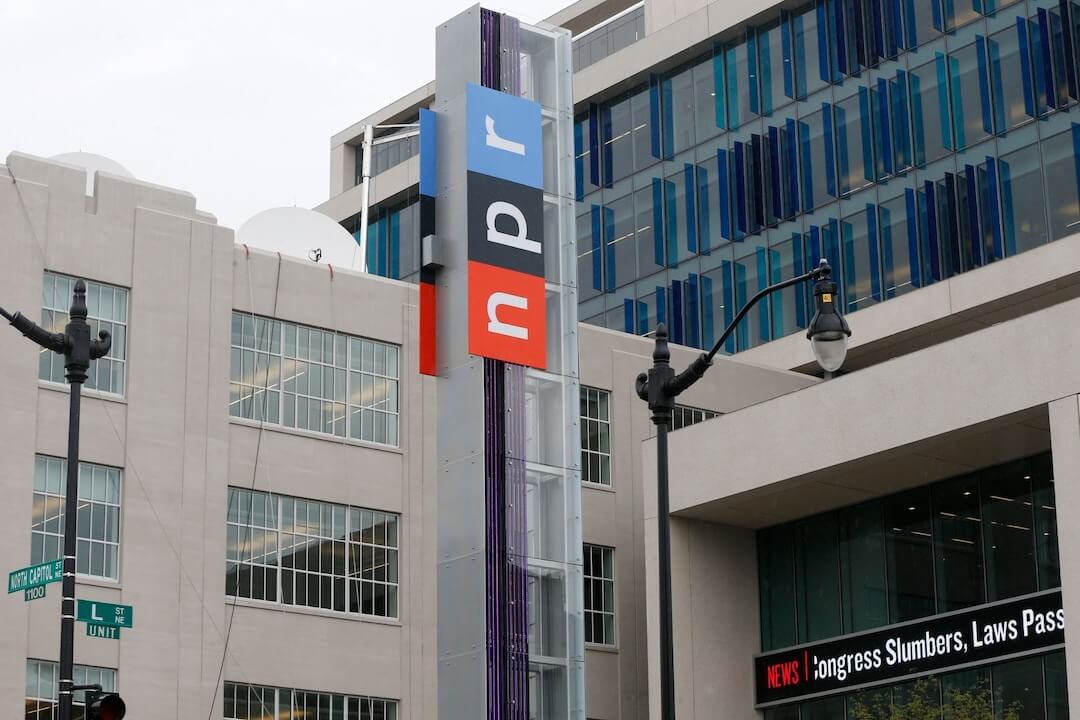Think back to high school. Ever wish you could have been the editor who chose just the right yearbook photo of you in the school play? You know, the one where your hair didn’t flip up on one side and under on the other?
Bill Ostendorf of Creative Circle Advertising Solutions has an idea to help local newspapers connect with high school journalists and other students. Here’s how it works:
The newspaper hosts a Web site for each local high school and allows students to submit content — comments about the school play, volleyball games, candid photos and more.
Then, at the end of the year, each student can pick and choose exactly what he or she wants in his own, customized, professionally printed yearbook. All of the site’s content is hosted by the local newspaper, using software developed by Creative Circle called schoolQ. The site is a mix of the paper’s own coverage of the school, user-generated content and work created by journalists from the school.
Think of this as a hyper-local MySpace or Facebook, with a printing press thrown in for good measure.
To test the idea, Ostendorf did informal surveys with his own kids and their friends to see what they might interest them.
A slightly altered version of Ostendorf’s idea is being produced at the Chicago Tribune with its new tabloid publication, The Mash.
The Mash is a reverse publishing model that uses the Web site to gather user-contributed content that is then published in tabloid form.
The Tribune went to the Chicago Public Schools with the idea of fostering reading and student participation with the news. They set up a Web site and distribute the printed tabloid to approximately 130 high schools.
I talked with Ostendorf about the schoolQ idea and how it might work in other communities. The benefits he sees for the news organizations include a stronger connection to high school readers, a way to foster an interest in journalism among teenagers and an appeal for possible advertisers interested in that niche market.
Sara Quinn: What did you hear when you asked high school-aged kids what they might want?
Bill Ostendorf: Well, I had forgotten how much angst came from being in the yearbook -– how big a deal it is to have the right picture in the yearbook and to be represented the right way. So that your hair is right and you don’t look fat and … oh, my god.
It’s a really intense need that has to be filled.
So they want to be able to manage their own digital personas?
Ostendorf: Right. When you think about it, that’s all that MySpace is. And, really, the archival version, the print version is still important to kids. And they’re very concerned about it.
There was also a feeling that having a smaller community -– a school community, not a global one like MySpace — was appealing to them generally. A lot of them seemed to like the idea of their school having its own little village, that kind of thing.
Are schools able to do this kind of thing on their own?
Ostendorf: I was surprised at how many newspapers and yearbooks are threatened.
Are they losing funding?
Ostendorf: Yeah, they’re going away or they’re being published much less frequently and the yearbooks are getting smaller. They’re expensive and a lot of kids can’t afford them … smaller schools don’t always have them.
And I thought, “Oh, my gosh! This is terrible.”
It baffles me why so few schools have thought to make Web sites for these publications. So, that got me going.
It occurs to me that some schools might try to have their own Web site, but it’s transient, because as a class graduates there’s no one left to support the content on the site. So, with your idea, the structure of the local newspaper keeps the legacy going?
Ostendorf: Yes. There were three or four initiatives in there that all came into alignment: One is, let’s promote journalism and preserve journalism interest at the high school level. Two is, let’s extend the journalism we have in high school to the Web. And the third is, let’s get kids into a more local community –- something besides MySpace and Flickr and others -– to something that might be safer, something that would be more local and relevant to them.
And then, I thought, let’s do all that under the umbrella of a newspaper that could benefit by monetizing it.
So the paper is like the backbone of the project? Each class graduates and goes on, but the newspaper houses the archives?
Ostendorf: Right. Keep in mind that these sites would have headlines from the newspaper, so you’re exposing high school kids to what’s going on in the world. That’s a positive thing.
In what way would they have local news headlines?
Ostendorf: There would be a box that would have headlines from each day’s publication, from the news organization, half a dozen headlines every morning.
The paper would also be exposing kids to the newspaper itself, helping them to understand the importance of the news and helping them develop loyalty to the brand and online.
It sounds like an interesting mix of content.
Ostendorf: I can’t make any guarantees, but, given all of the other things that newspapers are trying, I think it’s worth a try.
How do you see the newspaper making money from this?
Ostendorf: Well, monetizing it is really very important for the newspaper that hosts it. It’s a micro-zoned, very small community that’s very local. I think that’s a big deal, but at a very low level. In other words, it could be (a nice advertising opportunity for) the ice cream parlor around the corner. These are the kind of advertisers that newspapers need to have to diversify their economic base -– and collect enough money to continue to do journalism.
We have to completely reverse a 15- or 20- or 30-year trend of saying ‘Screw the little advertiser, we just want to get more money out of the big advertisers.’
True. So, you’re thinking that the ice cream shop might not be able to afford the full ad rates in the paper?
Ostendorf: Right. And the point is that they need to reach that community.
Now, at another level, there are national advertisers that would be interested in a chance to reach this group.
Pretend that I’m the publisher of a small-sized publication. What would it take to implement this idea?
Ostendorf: The newspaper would have to go to the local high schools and make them this offer: “We want to help. We’ll give you a Web site to be used by your journalists.”
I encourage newspapers to assign someone to this idea. It could be an NIE person who runs it, it could be an editorial staffer, or it could be a marketing person.
One thing we know from setting up a lot of community sites, citizen journalism sites … user participation sites … is that it takes someone to champion it. It takes an advocate, it takes marketing. It takes hard work, but it works.
From the kids’ perspective, how do you make it cool? How do you get them away from MySpace and Facebook and make it the place that they want to go?
Ostendorf: I think the beauty of the model that we’ve created is that you already have a student staff. You turn it over to the high school yearbook kids and the newspaper kids. So, immediately, you’ve got champions in the school who are putting their stuff up there and telling kids about it … You’re going to have the advisor to the newspaper … telling everybody about it. I think if you put up posters that say, ‘You can publish your own yearbook at the end of the year, you can share your photos ‘ … I don’t think it will take them long to get it.
Correction: This article originally identified Creative Circle Media Consulting as responsible for the content hosting and software development of schoolQ and The Mash, but it is Creative Circle Advertising Solutions that is responsible. Bill Ostendorf is CEO of both companies.





